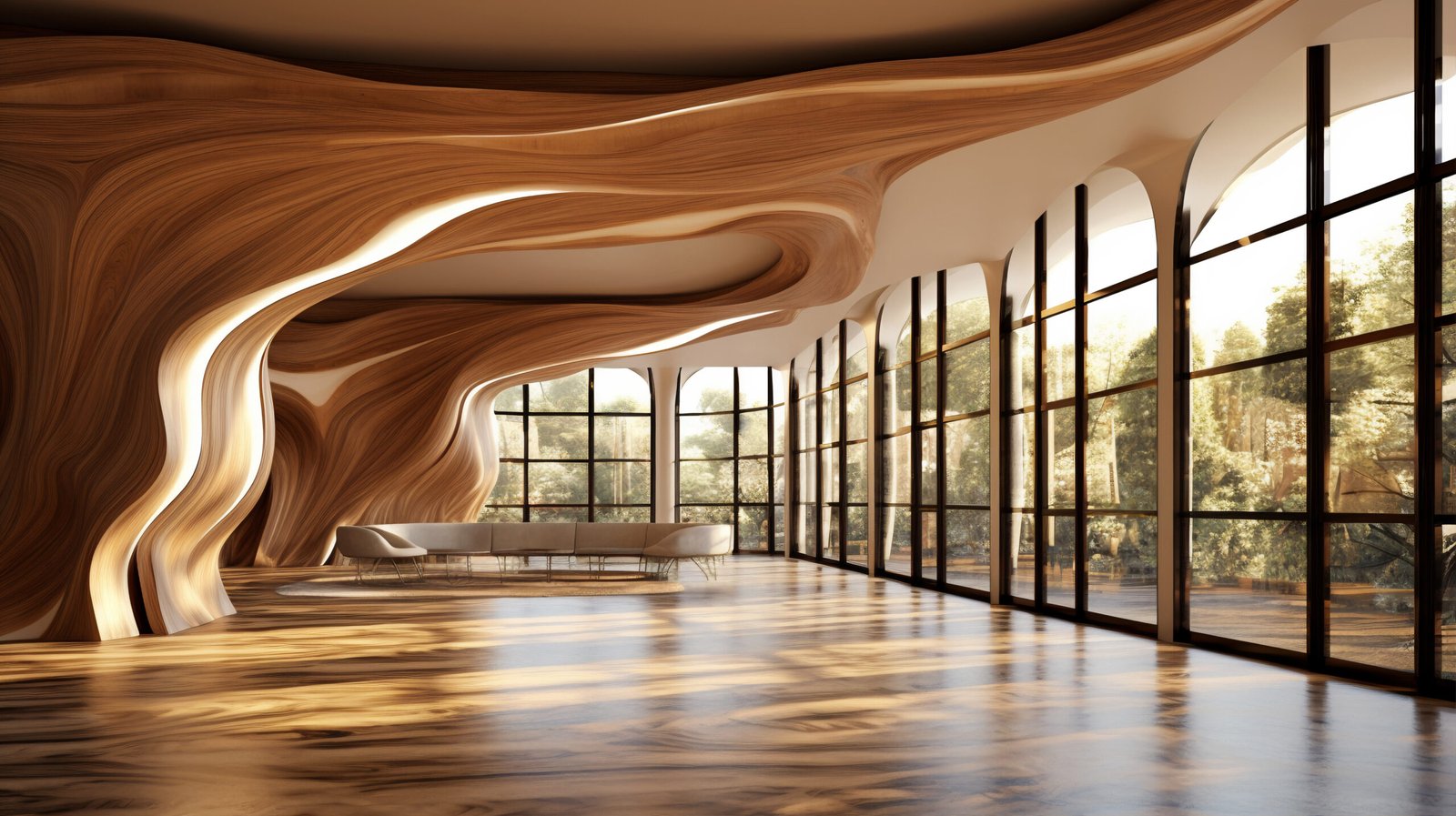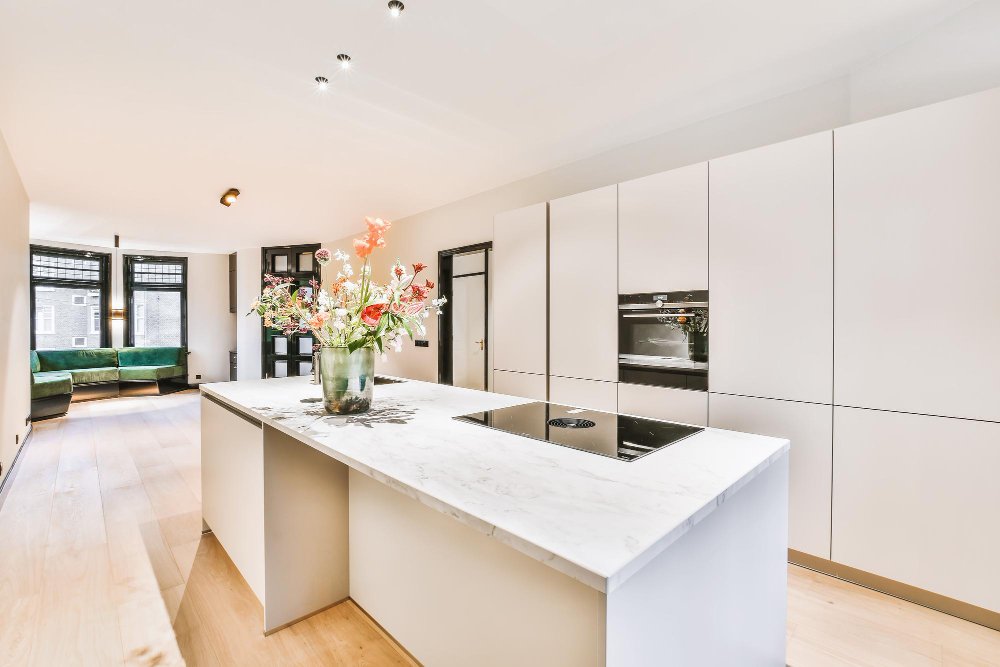
Parkay flooring — that unmistakable geometric wood pattern — once graced the floors of elegant homes, mid-century apartments, and European-inspired estates. It exudes timeless charm, texture, and symmetry that tile and plank flooring often lack. But for homeowners today, the question is less about looks and more about performance. Is a parkay floor still a wise investment — or a beautiful mistake?
In this article, we’ll break down the pros and cons of parkay flooring, examine the common issues local homeowners face, and explore practical solutions whether you’re restoring, replacing, or reimagining.
🪵 The Appeal: Why Parkay Flooring Is Still So Loved
First, let’s be honest: parkay floors are undeniably stylish. They bring old-world elegance and artistic craftsmanship into a space. Whether laid in herringbone, basket weave, or chevron, parkay elevates even the most basic interiors. It’s no wonder high-end designers still use it to add sophistication to modern and traditional homes alike.
Key Benefits:
- Aesthetic appeal: Rich in detail and pattern
- Architectural value: Often considered a premium feature in historic homes
- Customizable: Available in a variety of wood species and stains
- Timelessness: It rarely looks dated when well maintained
But as any seasoned renovator will tell you, beauty sometimes comes with a cost.
⚠️ The Problem: Where Parkay Flooring Can Fall Short
Here’s where the analytical truth comes in. While parkay flooring looks incredible, it’s often not the most practical choice for everyday living — especially in areas with changing humidity, high foot traffic, or older homes.
Common Issues Homeowners Report:
- Separation of tiles: As parkay ages or reacts to humidity, the individual tiles can shrink or lift.
- Water damage: Parkay is particularly vulnerable to moisture, leading to warping or buckling.
- Difficult refinishing: The small tiles and grain changes make sanding and refinishing more complex than with standard planks.
- Noise: Older glue-down parkay over slab floors can creak or pop under pressure.
- Incompatibility with radiant heating: Not ideal for newer heating systems common in local builds.
In many mid-century or custom homes, original parkay floors are now showing their age — and raising the question: restore or replace?
🛠️ The Solution: What You Can Do
Whether you’re facing warped panels or simply wondering if parkay is right for your home, here’s how to approach the decision:
1. Assess the Condition
If your parkay floor is lifting, has gaps, or shows signs of water damage, have a local flooring specialist inspect it. Often, selective tile replacement or localized repairs can extend the life of the floor without a full replacement.
2. Consider Engineered Parkay Alternatives
Modern technology has brought back parkay in engineered wood and even luxury vinyl versions — giving you the same look with more stability and water resistance. These are ideal for local climates with fluctuating humidity or for homes with pets and children.
3. Refinish Carefully
If the floor is in decent shape, a gentle sanding and new finish can restore its former beauty. But beware: aggressive sanding can ruin the intricate patterns. Always hire a professional with parkay-specific experience.
4. Replace with Respect
If replacement is the best route, consider using new herringbone or chevron flooring as a nod to the original style. Today’s options come in prefinished formats that offer faster installation and lower maintenance.
🧭 Local Considerations Matter
In many local homes — particularly mid-century properties or historic neighborhoods — parkay floors are part of the architectural DNA. Before removing them, consider their value not just aesthetically, but historically.
But if your space demands durability, low maintenance, and moisture resistance (think: basements or open-concept kitchens), updating to an engineered alternative may offer the same elegance with better practicality.
✅ Final Thought: Is Parkay Flooring Worth It?
Yes — with conditions. If you love the classic look, and your home environment supports it, parkay remains one of the most beautiful flooring choices available. But be realistic: it requires care, expertise, and sometimes, a little compromise.
For those craving heritage charm with modern performance, today’s flooring market offers innovative materials that pay homage to parkay’s signature style — without the stress.
Because in design, as Candice Olson often proves, the smartest choices are the ones that balance elegance with livability.

